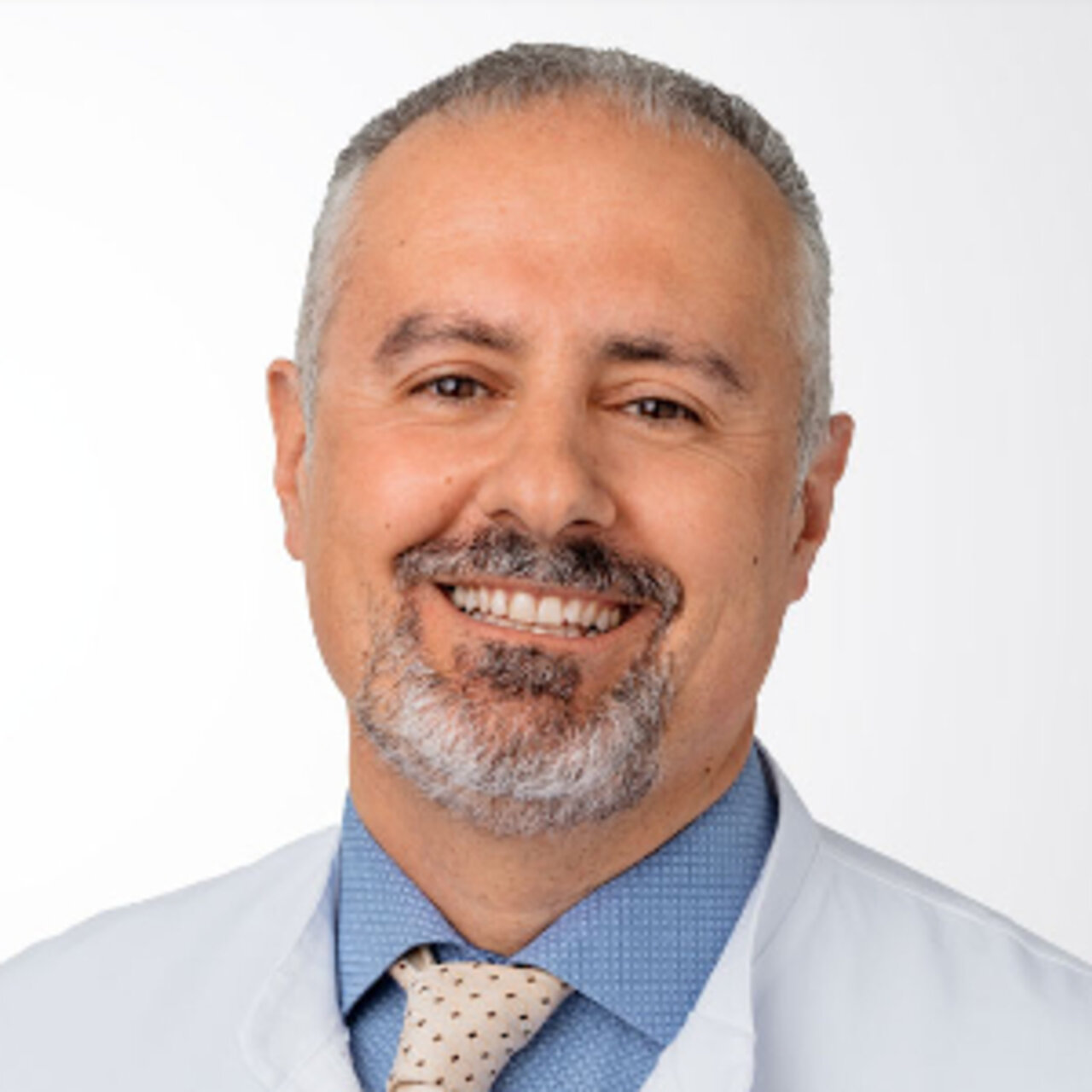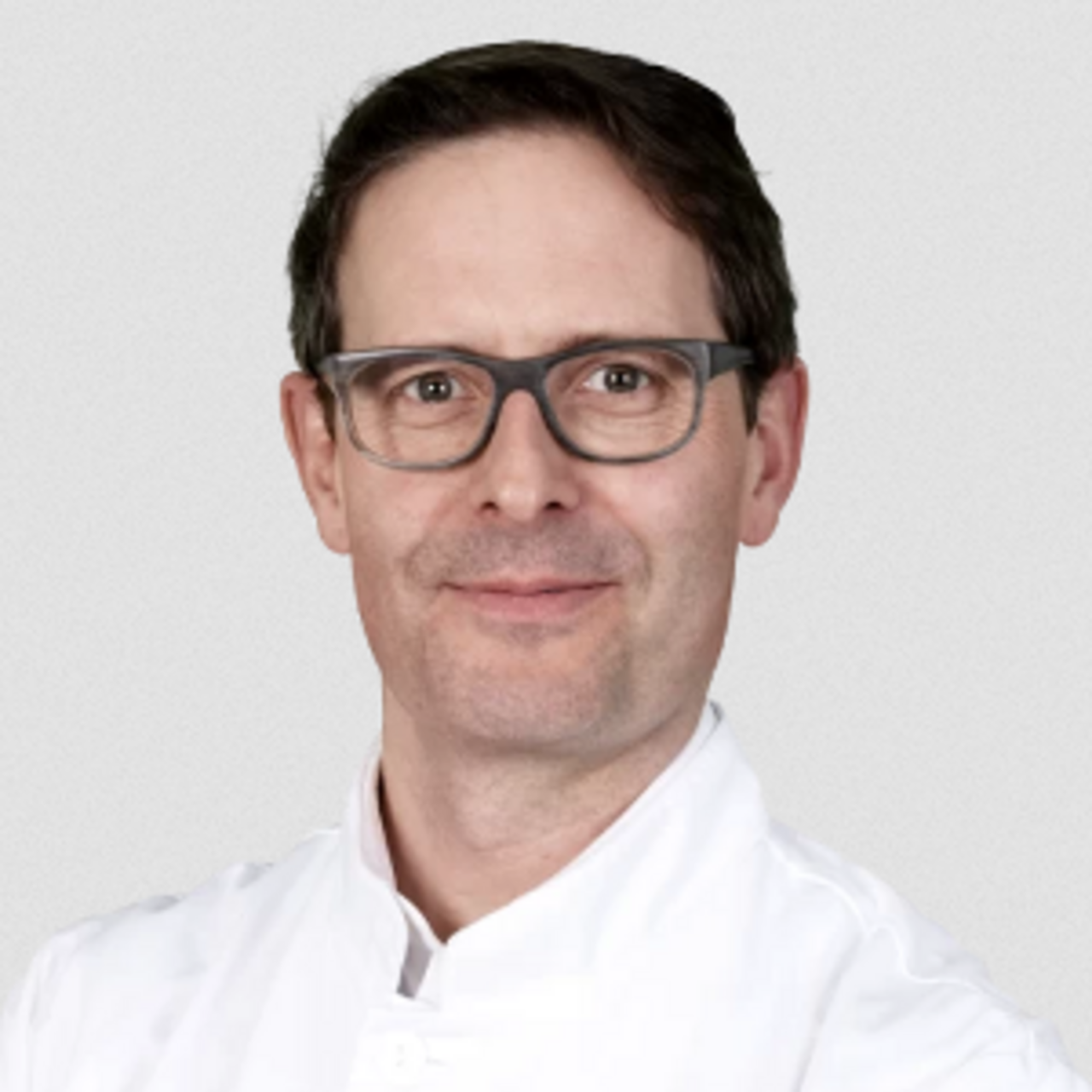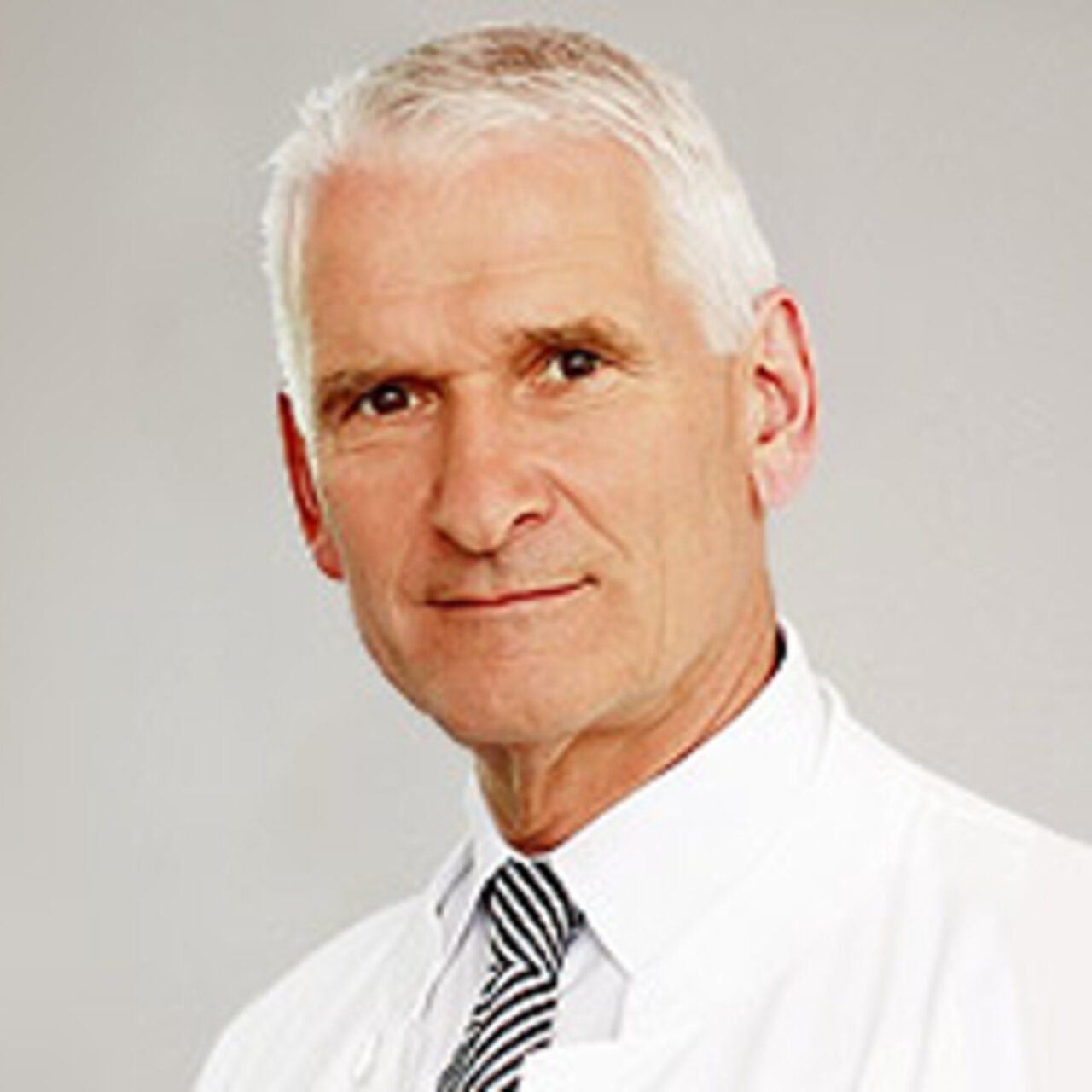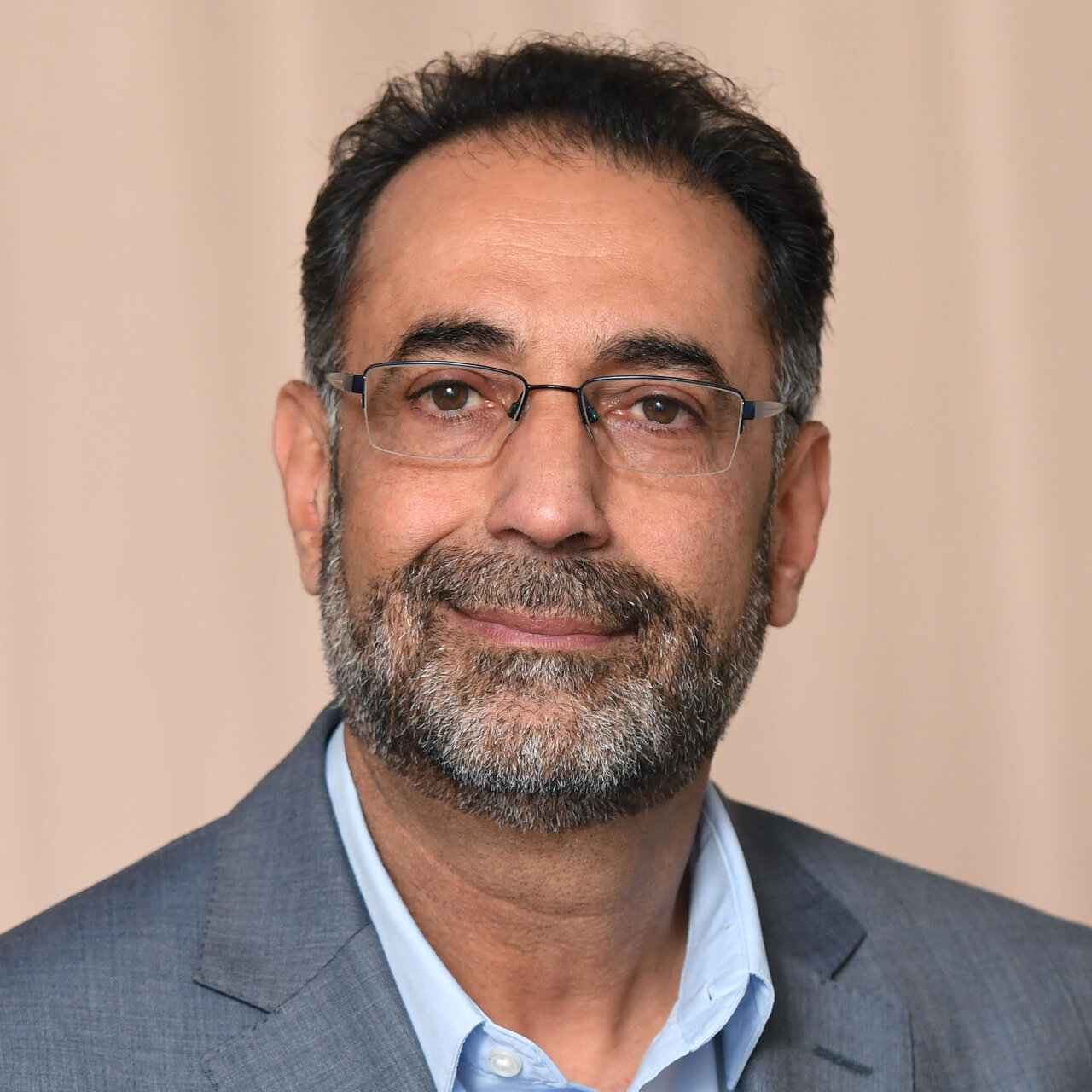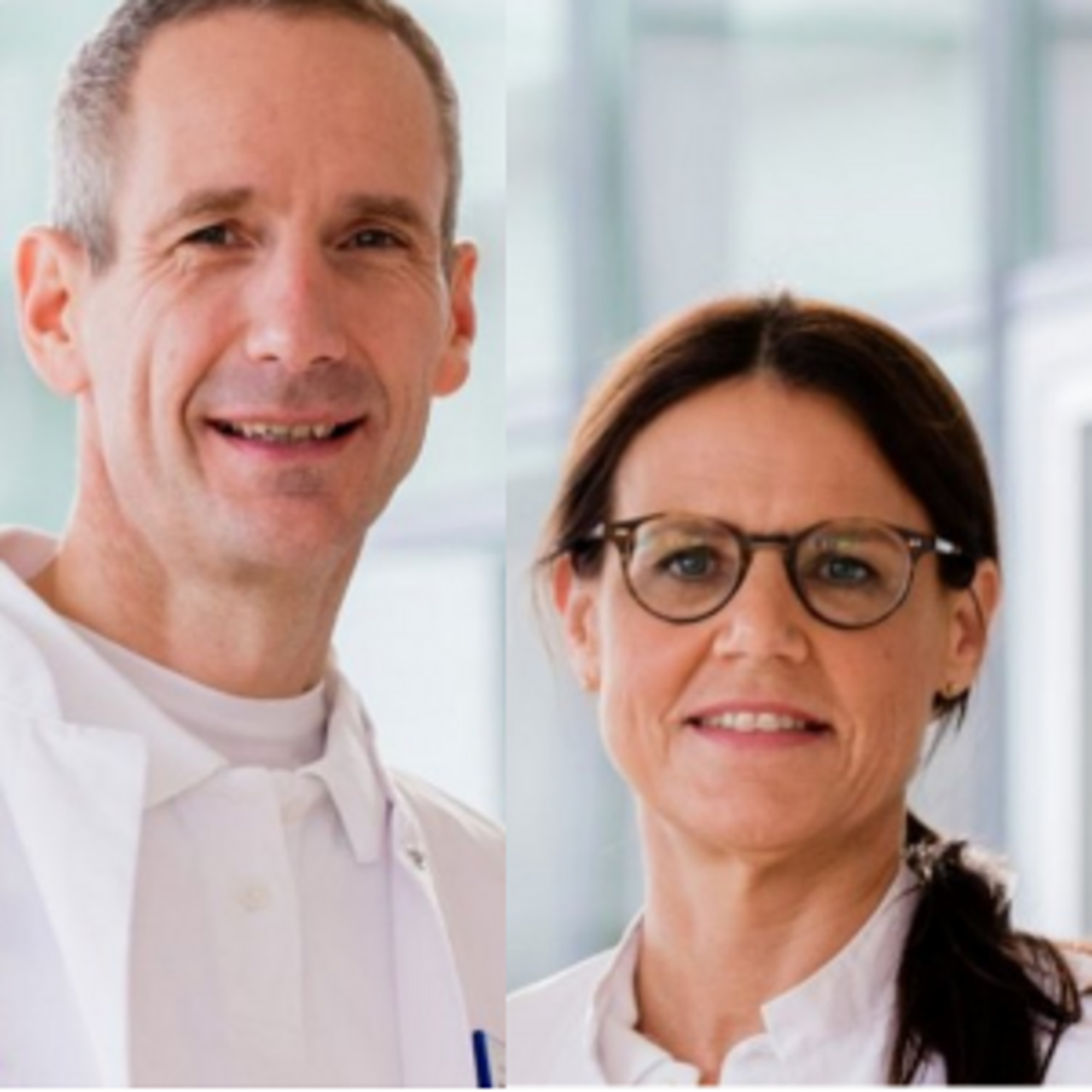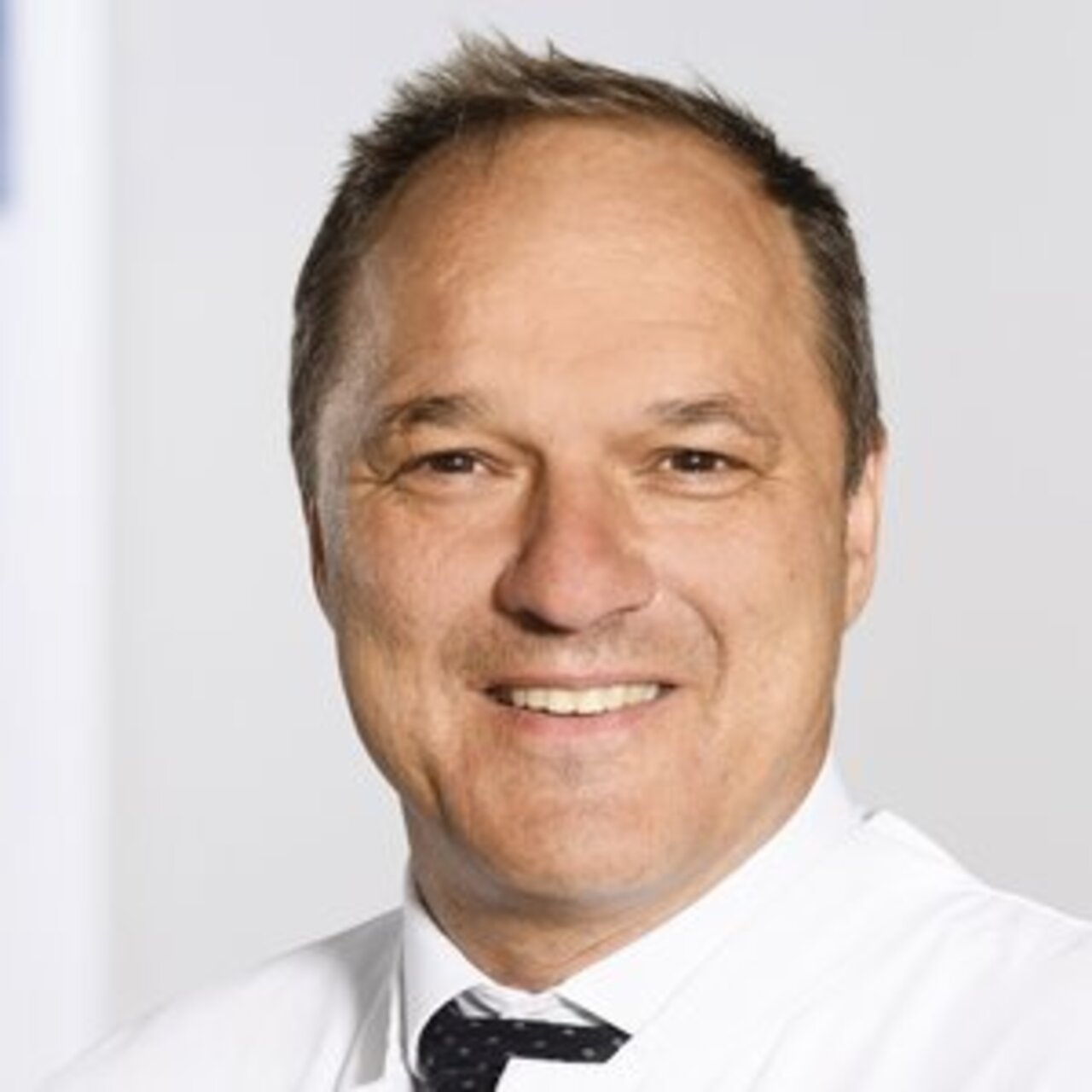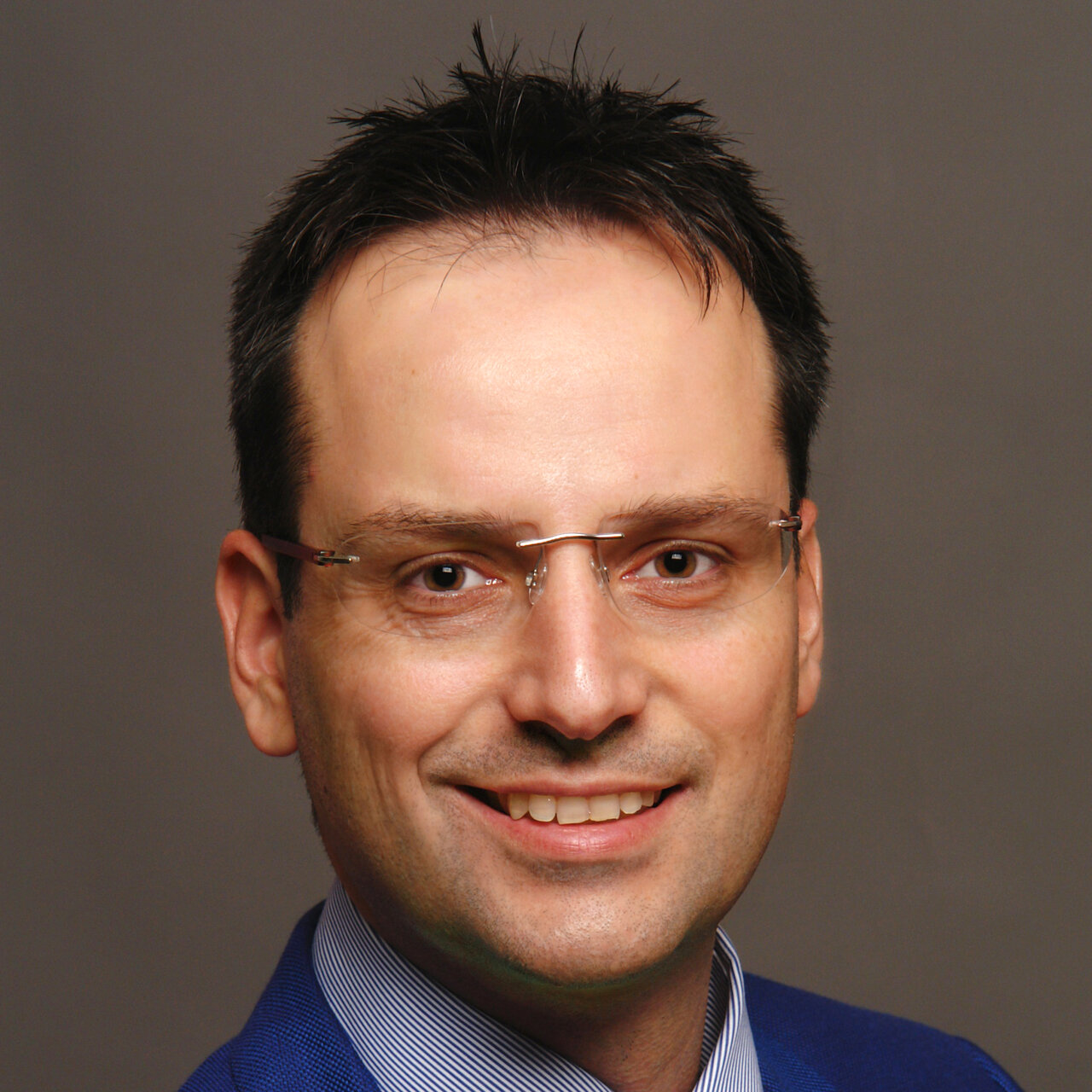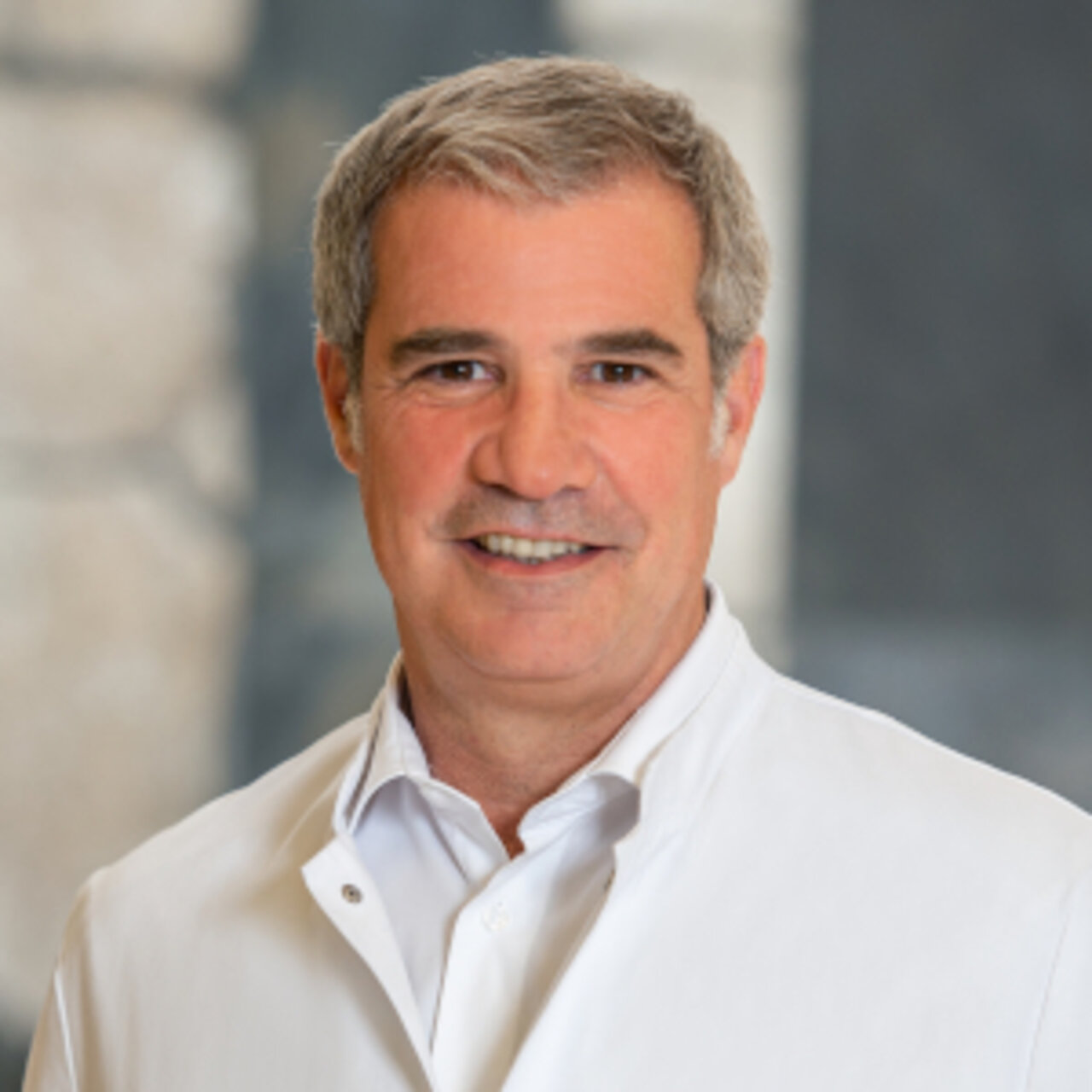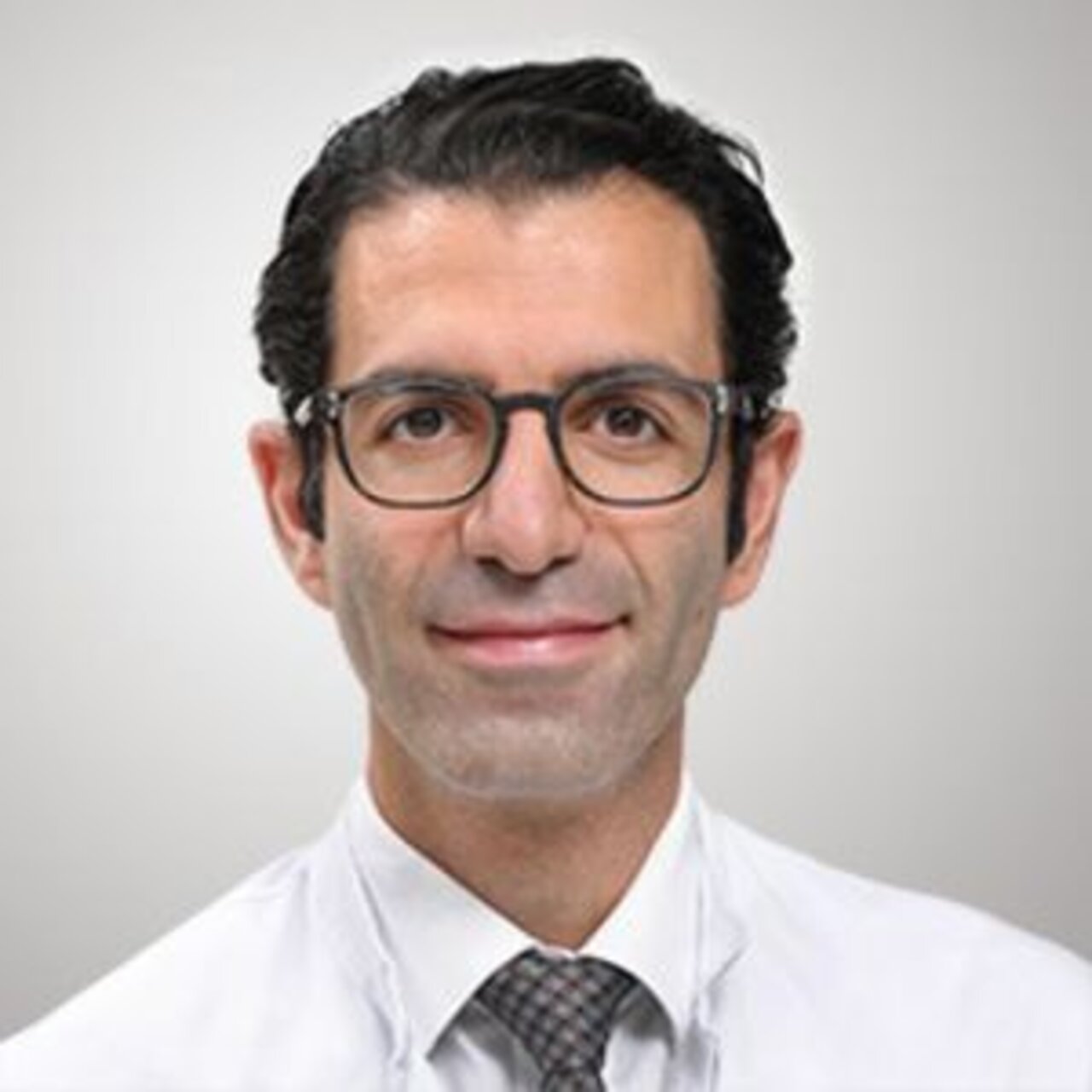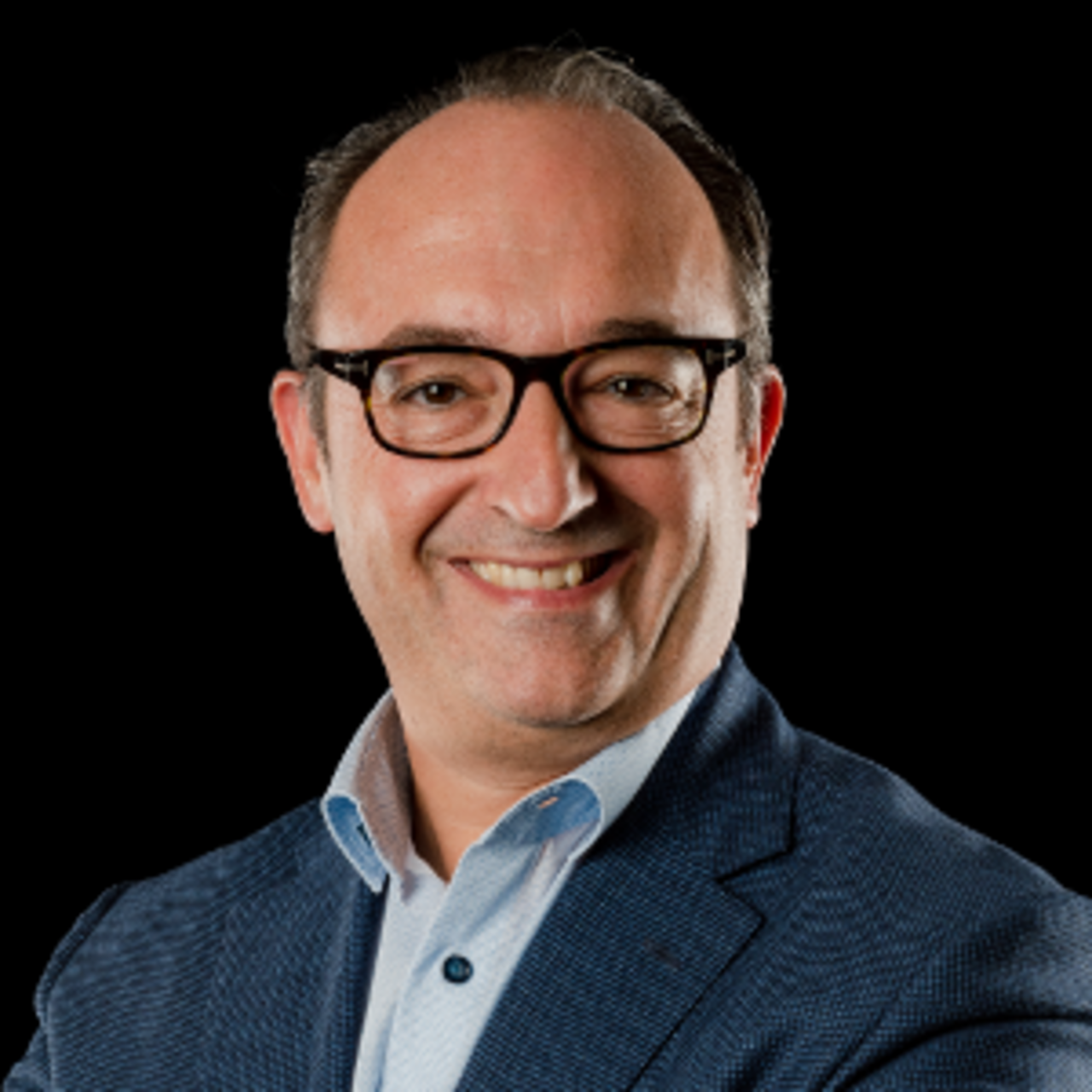Specialists in Spinal curvature
11 Specialists found
Information About the Field of Spinal curvature
What is a spine curvature disorder?
By nature, the spine is not entirely linear, but rather shows slight curvatures with the form of a “double-S". The first curvature occurs in the area of the cervical spine. At this point, the spine is bent slightly forward. A forward bend is what is called lordosis. The thoracic spine is bent slightly backward. This is called kyphosis. The lumbar spine in turn bends forward. Therefore, a slight hollow back (lumbar lordosis) is normal.
Not all people have the same spine shape. In some people, both the thoracic and lumbar spine are more strongly curved which we call lordotic curved back. In a hollow back, only the thoracic spine is more curved. Occasionally, the spine is very straight and the natural curvatures are less prominent. It is normal that postural forms deviate slightly from the typical double-S shape but they are pathological only if they are very pronounced. With posture variants, however, premature degenerative spinal conditions and intervertebral disc problems are more likely to appear.
A strong hollow back is referred to as hyperlordosis, a strong hunchback as hyperkyphosis.
Hollow backs or hunchbacks often result from postural weaknesses or bad posture. In addition, certain diseases can cause a curvature disorder of the spine. In some conditions, the spine can also rotate sideways or within itself.
What types of spinal curvature disorders exist?
Hyperlordosis (hollow back)
Having weak back or abdominal muscles and overweight can amplify the curvature of the lumbar spine. A hollow back frequently affects people who spend a lot of time sitting or standing. But also certain sports can contribute to the development of a hollow back. These are mainly sports which involve an upright posture, for example dancing or horseback riding.
Hyperkyphosis (hunchback)
Usually, a hunchback is caused by a muscular weakness. The muscles of the back normally provide stability to the spine. Poorly trained, weak back muscles can result in poor posture with development of a hunchback. A hunchback also is seen in certain conditions such as Scheuermann's disease and ankylosing spondylitis or may be a congenital deformity of the spine. Injuries of the spine, osteoporotic vertebral fractures or tumors can also lead to a hunchback.
Scoliosis
The term scoliosis describes a three-dimensional axial deviation of the spine with a curvature of a minimum of 10 degrees. In this case, the spine is curved sideways and rotated in itself. Most frequently the thoracic spine is affected while scoliosis appears less often in lumbar spine.
In many cases scoliosis already starts to develop in adolescence, especially during growth phases of puberty and it frequently affects girls.
Depending on the degree of scoliosis, only a mild asymmetry or a severe deformity may be visible. The typical features are a difference in shoulder height, an asymmetry of the waist and a misalignment of the pelvis.
The prevalent form is idiopathic scoliosis, of which the cause is unknown to date. It is assumed that there is a genetic influence. Sometimes the spine curvature disorder is due to other causes or diseases, for instance a difference in leg length or a muscular disorder.
Scheuermann's disease
Scheuermann's disease is the most common spinal disorder in adolescents. In those affected, a hunchback forms due to a growth disorder of the spine.
Due to the growth disorder, wedge-shaped vertebrae are formed. At least three consecutive vertebrae have a wedge-shaped change in Scheuermann's disease resulting in the rounded shape of the spine.
The hunchback in Scheuermann's disease is "fixed." That means that the spine cannot straighten at the affected location which is in contrast to a hunchback that is caused by bad posture.
What are course and prognosis for a spine curvature disorder like?
A postural weakness or a poor posture will lead to shortened muscles, such as chest musculature in the case of a hunchback or back musculature in a hollow back. There is a tendency for both hollow back and hunchback to worsen with advancing age.
However, with specific exercises patients can certainly achieve a significant improvement in their posture and prevent further deterioration.
For scoliosis, the course is dependent on the severity of the curvature as well as the age of the child or adolescent. With mild cases, the probability of the curvature worsening is only 10 to 20 percent. If the curvature is more severe and the child is younger, the risk of further deterioration of the curvature is markedly increased. Mild to moderate scoliosis usually does not progress in adult patients.
Also in Scheuermann's disease, the condition normally reaches a standstill once growth is completed. Although the spine remains stable, without surgery it can no longer be erected. Very severe curvatures have a worse prognosis and they can progress even after growth is completed.
The majority of patients who suffer from scoliosis and Scheuermann's disease will be able to manage mild spinal curvatures relatively well. Exercise, targeted training and physiotherapy can help strengthen the back muscles and thereby prevent pain.
As a result of curvature disorders, adults often develop degenerative changes of the spine and issues with intervertebral discs.
What are the symptoms of spinal curvature disorders?
Problems can occur especially if the posture deviates significantly from the double S-shape. This can cause muscular tension, headaches as well as pain in the back, neck and hip.
Degenerative spinal changes manifest earlier on and can lead to pain and restricted mobility. Individuals with a prominent hollow back are more prone to disc herniation of the lumbar spine.
Scoliosis and Scheuermann's disease frequently do not cause any pain in children and adolescents. However, young patients suffer psychologically from the obvious deformities. Mostly, people affected do not experience back pain until they are adults. The pain is the result of overstretched or strained back musculature and signs of wear and tear of vertebrae and intervertebral discs. Degenerative changes of the vertebrae may limit the mobility of the spine.
How can a spinal curvature disorder be diagnosed?
It is common for a curvature disorder of the spine to be noticed only once the curvature is clearly visible or to be discovered by either the pediatrician or family doctor during an examination.
Physicians evaluate the patient's posture and assess the mobility of the spine. For instance, this way the physician can distinguish whether the patient suffers from a hunchback due to poor posture or a "fixed" hunchback as seen in Scheuermann's disease.
To diagnose scoliosis and Scheuermann's disease, an X-ray of the spine is required. The X-ray will provide a clear view of the curvature of the spine. Furthermore, the characteristic wedge vertebrae of Scheuermann's disease can be identified well.
How are spinal curvature disorders treated?
If postural problems or a postural weakness are present, targeted training is necessary to correct them. Such training includes posture and back school, physiotherapy and exercises to strengthen the back muscles. In addition, certain activities such as swimming help strengthen the muscles of the back.
Patients have become used to their bad posture and perceive it as normal. Additionally, the musculature is often shortened. Consequently, changing one's posture can take a long time and requires regular training. At first, patients must constantly evaluate their posture and correct it over and over again.
Individuals who work a lot in a seated position should make sure that their sitting posture and table height are appropriate. Specific chairs are available that encourage good posture.
Physiotherapy and strengthening of the back muscles is usually sufficient for mild forms of scoliosis or Scheuermann's disease. Swimming is a suitable sport for strengthening the back muscles.
Physiotherapy can prevent further deterioration and is intended to improve the posture perception. This will help young people to learn to avoid everyday behaviors that contribute to the deformity. A program of exercises to do at home will complement the physiotherapy. Children and adolescents should not participate in sports that stress the spine a lot, such as squash or gymnastics.
More severe degrees of curvature in scoliosis or Scheuermann's disease may require additional wearing of a corset, if the adolescents still continue to grow and their curvature is expected to worsen. The main goal of the corset is to avoid further deformation of the spine. Children must wear the corset until growth is completed.
An alternative to the corset for scoliosis is the convex side brace, which is a surgical technique that involves placing staples on the convex side of the spine. The staples are meant to stunt the vertebral growth on that side. They prevent further curving and can even straighten out the curvature disorder. The procedure is suitable for moderate to severe scoliosis.
Spinal fusion surgery is only performed in cases of severe scoliosis. The vertebrae are brought into the correct position by means of rods and hooks or screws. In this way, the scoliosis can be corrected by 60 to 80 percent.
In Scheuermann's disease, surgery is considered in adults with a severe curvature of the spine. The operation involves straightening and stiffening of vertebrae.
Which doctors and clinics specialize in spinal curvature disorders?
The pediatrician or family doctor is usually the first to discover a spinal curvature disorder. That doctor may refer the patient to an orthopedist. There are also physicians who specialize in pediatric orthopedics. These are often recommended for children and adolescents with scoliosis or Scheuermann's disease.
Let us help you find an expert for your condition. All of the doctors and clinics that are listed have been reviewed by us for their outstanding specialization in the field of spinal curvature disorders and are expecting your inquiry or request for treatment.
